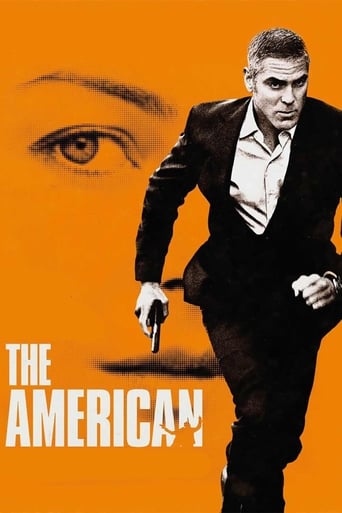
31 Aug 2010

The American
Dispatched to a small Italian town to await further orders, assassin Jack embarks on a double life that may be more relaxing than is good for him.

Everything that happens is from now on
An experimental coming-of-age odyssey through someone's troubled mind, going from country to country, landscape to landscape, growing up in the process. A documentary, travelogue, vlog, dream and self-portrait. A reflection on life, death and history.

31 Aug 2010

Dispatched to a small Italian town to await further orders, assassin Jack embarks on a double life that may be more relaxing than is good for him.
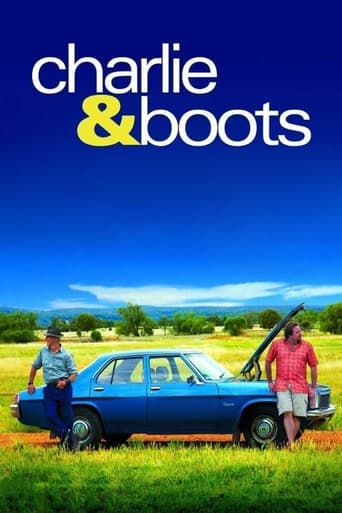
03 Sep 2009

Paul Hogan plays Charlie McFarland and Shane Jacobson plays his estranged son, Boots. After a family tragedy Charlie and Boots try and put their differences aside and head off on the road trip of a lifetime - from regional Victoria to the Cape York Peninsula - they overcome many challenges to reach their dream - to fish off the northern most tip of Australia.
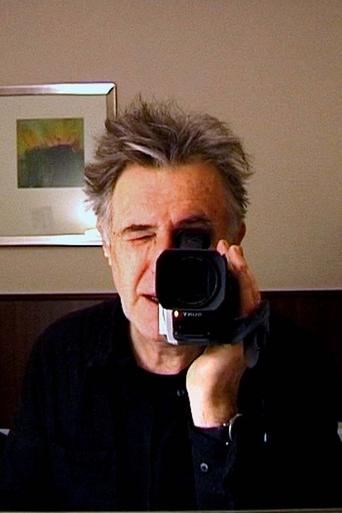
20 Oct 2007

Made over six years in the hotels of six different countries, Hotel Diaries charts the 'War on Terror' era of Bush and Blair through a seven-part series of video recordings that relate personal experiences to the ongoing conflicts in Afghanistan, Iraq and Israel/Palestine. In these works, which play upon chance and coincidence, hotel rooms are employed as 'found' film sets, where architecture, furnishing and decoration become the means by which the filmmaker’s small adventures are linked to major world events.
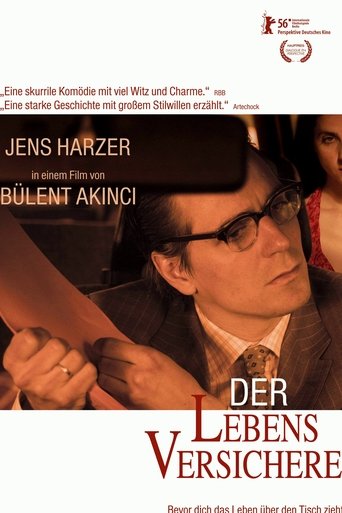
14 Feb 2006

The dull daily routine of an insurance agent, who listlessly drives down the highway every day and conducts customer meetings while longing for his family, becomes a metaphor for a life that has come to a standstill and is threatened with being crushed by loneliness.

12 Apr 2014

While Native American Wolf is being pursued by the FBI for having taken the law into his own hands, when his mother was raped and killed on their reservation he crosses paths with Cash, a down and out musician who is coping with the end of his marriage. An unlikely friendship develops, as they ride together towards the Teton mountain range, where Wolf will spread his mothers ashes.
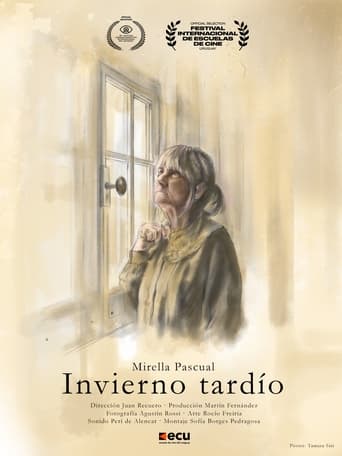
18 Aug 2022

Clara, a widow in the twilight of her life, spends her days lonely. She invites someone dear to her to share a barbecue together. However, his delay will undo her plans, and her ritual around the preparation will unstabilize itself.

19 Dec 1962

A 1962 West German documentary film directed by Hermann Leitner and Rudolf Nussgruber.
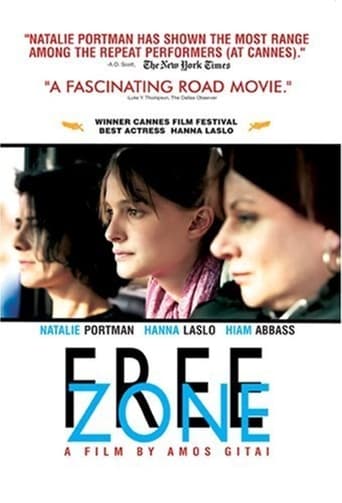
18 Apr 2005

Rebecca, an American who has been living in Jerusalem for a few months now, has just broken off her engagement. She gets into a cab driven by Hanna, an Israeli. But Hanna is on her way to Jordan, to the Free Zone, to pick up a large sum of money.
01 Jan 2002
Thirteen-year-old Paula lives with her mother on a well-kept estate in a small town surrounded by nice neighbours. But Paula's view of normality has been sharpened by her extensive and consistent diet of horror movies.

17 Jun 2012

A purely Czech version of a road movie story. The main character, a young lawyer named Běloušek, has a seemingly trivial task: to bring a slightly bohemian vagrant from Prague to Olomouc for trial. Everything should be easy and simple, but the owner of the law firm and father of the main character has a special personal interest in this task, so from the outset, the journey is influenced by Murphy's first law: "Anything that can go wrong will go wrong..." There's nothing unusual about that, but it's hard to explain to his father and fiancée. Instead of three hours in the car, Mr. Běloušek ends up spending several days on the road with the eccentric Pete. This unwanted trip then changes many things in his view of the world.
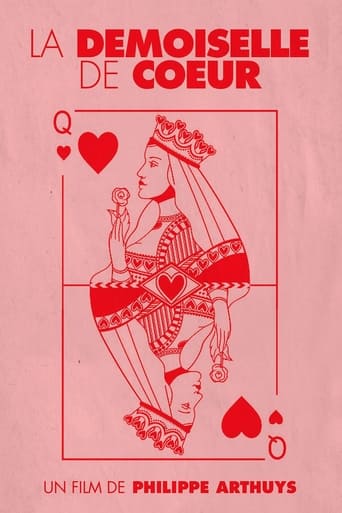
01 Jan 1963

The kings of the card game, tired of serving for the amusement of men, decide to participate in the lives of humans and behave like them.

06 Nov 1987

A college freshman returns to Los Angeles for Christmas at his ex-girlfriend's request, but discovers that his former best friend has an out-of-control drug habit.
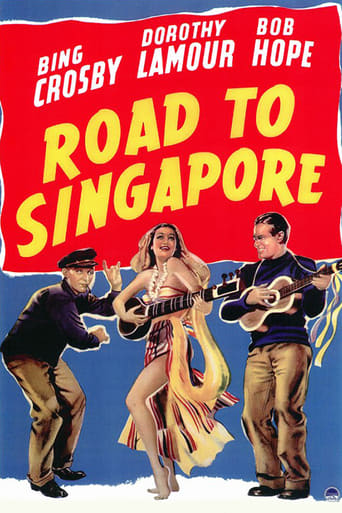
22 Mar 1940

Two playboys try to forget previous romances in Singapore – until they meet a beautiful dancer.
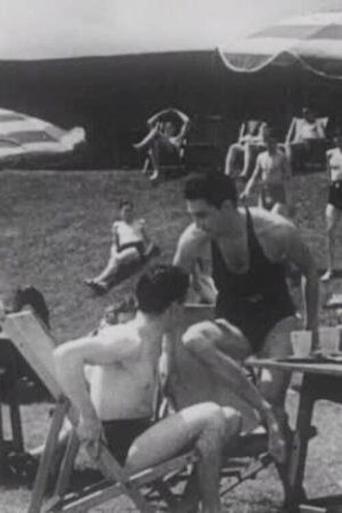
01 Aug 1947

Tourist promo film extolling the delights of Birmingham and the Midlands, with a sprinkling of arch one-liners.
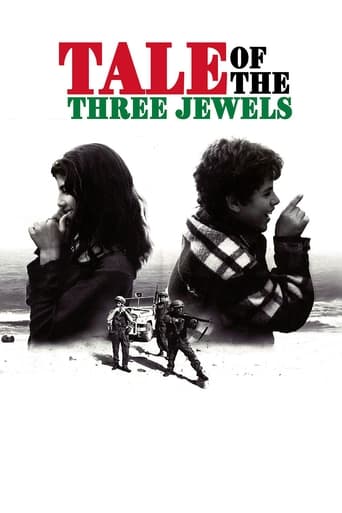
02 Jan 1995

A Palestinian boy becomes entranced with a beautiful Romani girl and a fairy tale world she weaves amidst conflict in Gaza. The children explore nature, mysticism and what their future holds, while learning to live with the surrounding brutality c. 1990. Yusef's family scrapes by in a seaside camp while his father's in prison and his heavily-armed brother's on the run, parrying with Israeli troops. Salah, Yusef's schoolmate from a well-off Arab family strives faithfully to assist them, while Yusef helps an elderly, blind neighbor escape from his lonely abandonment into the North American dreamworld he's waited so long for.

19 Oct 2007

Zia, distraught over breaking up with his girlfriend, decides to end it all. Unfortunately, he discovers that there is no real ending, only a run-down afterlife that is strikingly similar to his old one, just a bit worse. Discovering that his ex-girlfriend has also "offed" herself, he sets out on a road trip to find her.

03 Apr 2014

No overview found

24 Mar 1995

Dolores Claiborne was accused of killing her abusive husband twenty years ago, but the court's findings were inconclusive and she was allowed to walk free. Now she has been accused of killing her employer, Vera Donovan, and this time there is a witness who can place her at the scene of the crime. Things look bad for Dolores when her daughter Selena, a successful Manhattan magazine writer, returns to cover the story.
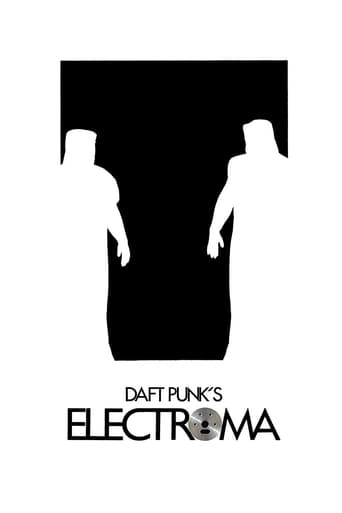
21 May 2006

Two robots embark on a quest to become human.
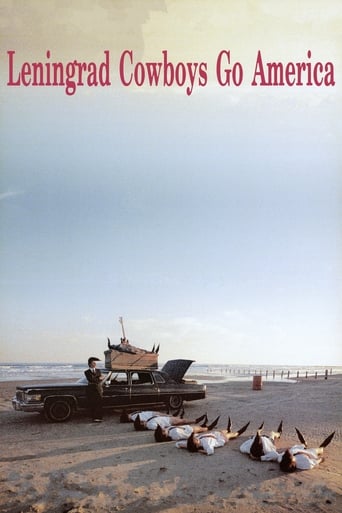
24 Mar 1989

The Leningrad Cowboys, a group of Siberian musicians, and their manager, travel to America seeking fame and fortune. As they cross the country, trying to get to a wedding in Mexico, they are followed by the village idiot, who wishes to join the band.